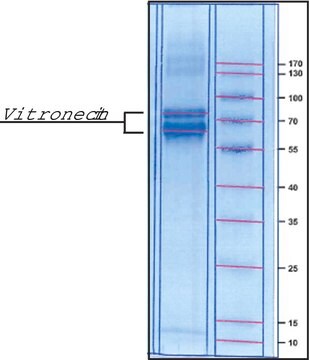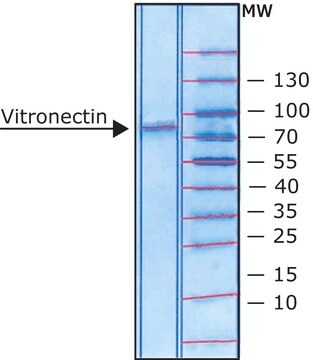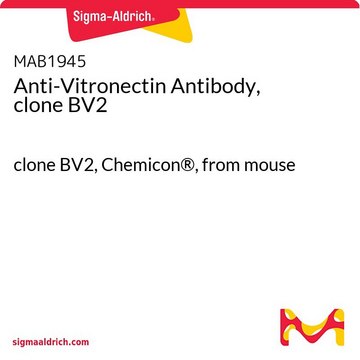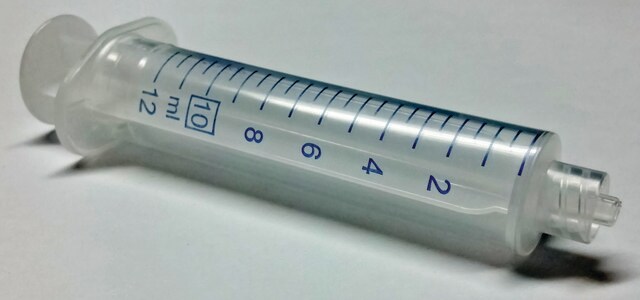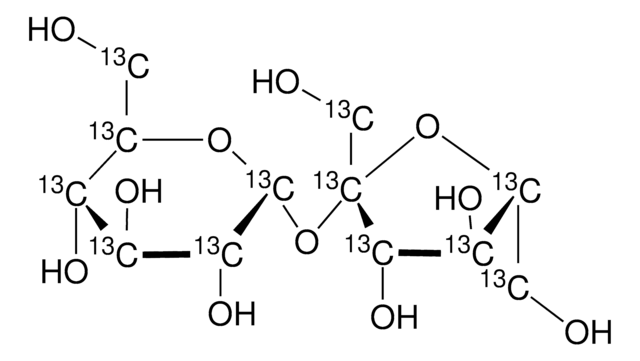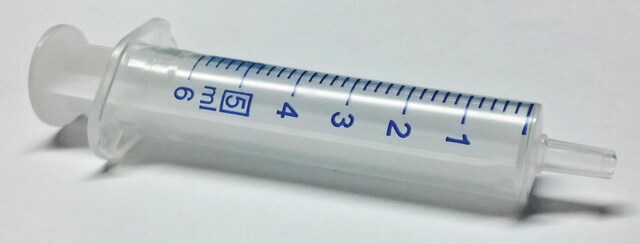V7881
Monoclonal Anti-Vitronectin antibody produced in mouse
clone VIT-2, ascites fluid
About This Item
ELISA (i)
IF
WB
indirect immunofluorescence: suitable using human cultured fibroblasts
microarray: suitable
western blot: 1:2,500 using a denatured and reduced preparation of purified human plasma vitronectin
Productos recomendados
origen biológico
mouse
Nivel de calidad
conjugado
unconjugated
forma del anticuerpo
ascites fluid
tipo de anticuerpo
primary antibodies
clon
VIT-2, monoclonal
mol peso
antigen 65-75 kDa
contiene
15 mM sodium azide
reactividad de especies
human
técnicas
indirect ELISA: suitable
indirect immunofluorescence: suitable using human cultured fibroblasts
microarray: suitable
western blot: 1:2,500 using a denatured and reduced preparation of purified human plasma vitronectin
isotipo
IgM
Nº de acceso UniProt
Condiciones de envío
dry ice
temp. de almacenamiento
−20°C
modificación del objetivo postraduccional
unmodified
Información sobre el gen
human ... VTN(7448)
Categorías relacionadas
Descripción general
Especificidad
Inmunógeno
Aplicación
- immunocytochemisry
- western blotting
- immunoprecipitation
- immunofluorescence
- enzyme-linked immunosorbent assay (ELISA)
Acciones bioquímicas o fisiológicas
Cláusula de descargo de responsabilidad
¿No encuentra el producto adecuado?
Pruebe nuestro Herramienta de selección de productos.
Código de clase de almacenamiento
10 - Combustible liquids
Clase de riesgo para el agua (WGK)
nwg
Punto de inflamabilidad (°F)
Not applicable
Punto de inflamabilidad (°C)
Not applicable
Elija entre una de las versiones más recientes:
Certificados de análisis (COA)
¿No ve la versión correcta?
Si necesita una versión concreta, puede buscar un certificado específico por el número de lote.
¿Ya tiene este producto?
Encuentre la documentación para los productos que ha comprado recientemente en la Biblioteca de documentos.
Nuestro equipo de científicos tiene experiencia en todas las áreas de investigación: Ciencias de la vida, Ciencia de los materiales, Síntesis química, Cromatografía, Analítica y muchas otras.
Póngase en contacto con el Servicio técnico